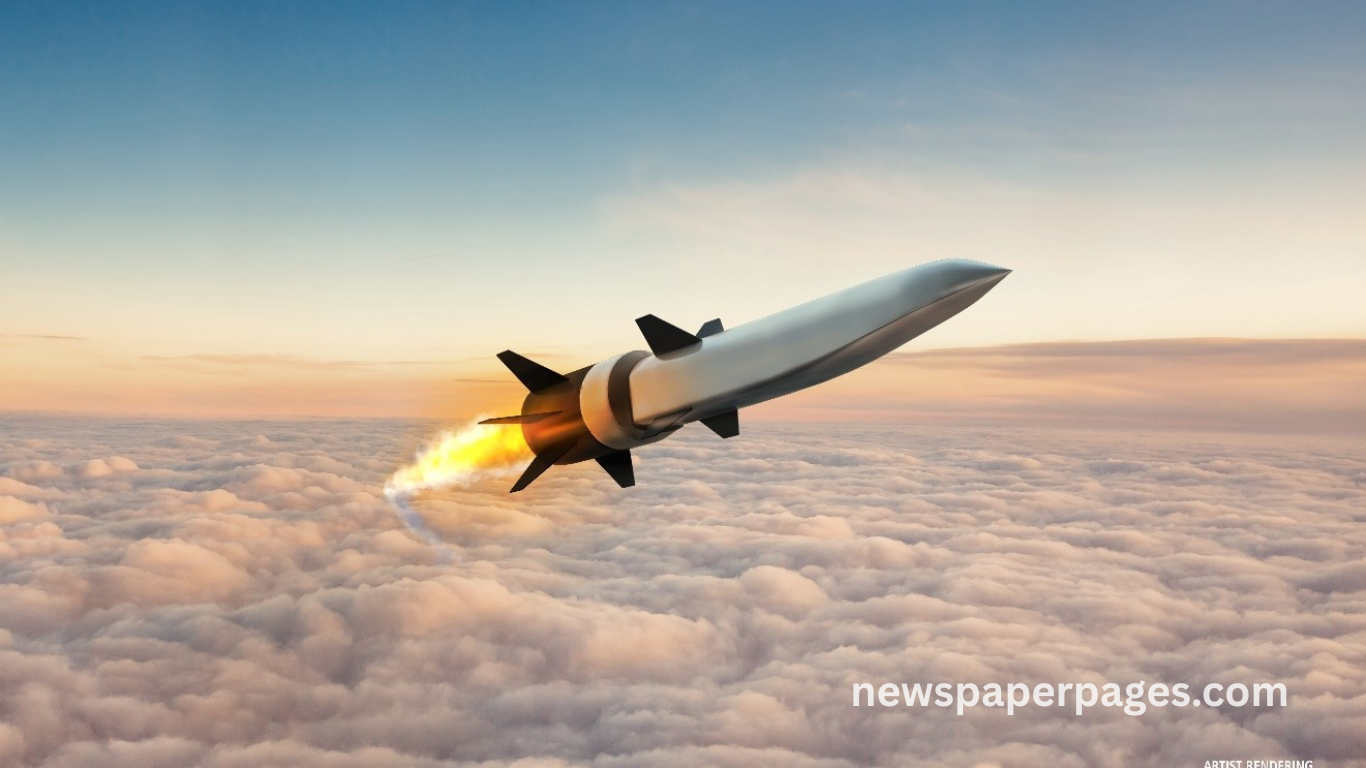In a new era of military innovation, hypersonic weapons have emerged as a defining technology shaping global power dynamics. These cutting-edge weapons can travel at speeds exceeding Mach 5—more than five times the speed of sound—making them nearly impossible to detect or intercept with current defense systems. As geopolitical tensions rise, particularly between the United States and China, the hypersonic race has become a key area of competition in modern warfare strategy.
Recent developments suggest that the United States is aggressively closing the technological gap with China in hypersonic capabilities. With substantial investments, successful test flights, and inter-agency collaboration, the U.S. is transforming its defense posture to counter the growing threat posed by Chinese advancements. This article delves into how the U.S. is accelerating its efforts to match and potentially surpass China in this crucial area of defense.
Hypersonic Weapons: The New Frontier of Warfare
Hypersonic weapons represent a revolutionary leap in military technology. Unlike ballistic missiles, they can maneuver mid-flight, making them highly unpredictable and difficult to intercept. Their speed and versatility make them ideal for both offensive and defensive military operations.
China’s Lead in Hypersonic Technology
China has demonstrated significant advancements in hypersonic weapons, conducting numerous successful tests, including the DF-ZF glide vehicle. Their investment in hypersonics is part of a broader strategy to challenge U.S. military dominance, especially in the Indo-Pacific region.
U.S. Response: Accelerating Research and Development
The Pentagon has significantly ramped up hypersonic R&D funding. Programs like the Air-Launched Rapid Response Weapon (ARRW) and Hypersonic Air-breathing Weapon Concept (HAWC) are central to this effort, aiming to create deployable systems within this decade.
Interagency Collaboration and Private Sector Involvement
Government agencies such as DARPA, the Department of Defense, and NASA are coordinating with defense contractors like Lockheed Martin and Raytheon. This partnership is streamlining innovation, accelerating testing, and moving prototypes toward deployment.
Read More : Republicans Flesh Out Trump’s ‘No Tax on Overtime’
Recent U.S. Test Successes and Their Strategic Implications
Recent U.S. hypersonic tests have shown promising results, with several prototypes demonstrating target accuracy and sustained hypersonic speeds. These successes enhance deterrence capabilities and reassure U.S. allies about America’s technological edge.
Strategic Impact on Global Power Balance
As both China and the U.S. build up hypersonic arsenals, the strategic equilibrium is shifting. Hypersonic dominance could influence not just military conflict outcomes but also diplomatic leverage and alliance dynamics.
Challenges and Limitations in U.S. Hypersonic Development
Despite progress, the U.S. faces challenges such as cost overruns, technological complexities, and coordination delays. Overcoming these issues is critical for sustained progress in the hypersonic race.
The Role of Artificial Intelligence in Hypersonic Systems
AI is playing an increasing role in flight path optimization, targeting accuracy, and real-time decision-making. Integrating AI enhances system autonomy and response time, giving hypersonic weapons a strategic edge.
NATO and Allied Cooperation in Hypersonic Research
The U.S. is also leveraging allied partnerships to share research and streamline development. NATO members are collaborating on technologies and countermeasures, strengthening collective defense against hypersonic threats.
Frequently Asked Questions
What are hypersonic weapons?
Hypersonic weapons are missiles or glide vehicles capable of traveling at speeds above Mach 5. They are designed for rapid, long-range strikes and can maneuver during flight.
Why are hypersonic weapons important?
Their high speed and maneuverability make hypersonic weapons extremely difficult to detect and intercept, providing a major strategic advantage in modern warfare.
Is China ahead of the U.S. in hypersonic technology?
China has conducted more frequent and publicized tests, suggesting a lead in some areas. However, the U.S. is rapidly advancing its capabilities to close the gap.
What is the U.S. doing to catch up in the hypersonic race?
The U.S. is investing heavily in R&D, increasing testing, and fostering collaborations between defense agencies and private sector firms.
How do hypersonic weapons impact global security?
They lower the response time in conflict scenarios, potentially increasing the risk of escalation. However, when balanced strategically, they also serve as a deterrent.
Can current missile defense systems stop hypersonic weapons?
Most existing systems are ineffective against hypersonic threats due to their speed and unpredictable trajectories. New defense systems are being developed.
What are the names of key U.S. hypersonic programs?
Major programs include the ARRW (Air-Launched Rapid Response Weapon), HAWC (Hypersonic Air-breathing Weapon Concept), and CPS (Conventional Prompt Strike).
Will hypersonic weapons replace nuclear deterrence?
Hypersonic weapons may complement but not replace nuclear deterrence. They offer rapid-strike options without the widespread devastation of nuclear arms.
Conclusion
The United States is making substantial progress in the hypersonic arms race, narrowing the technological gap with China through innovation, investment, and strategic alliances. As this rivalry intensifies, continued collaboration and responsible development will be key to ensuring global security.

